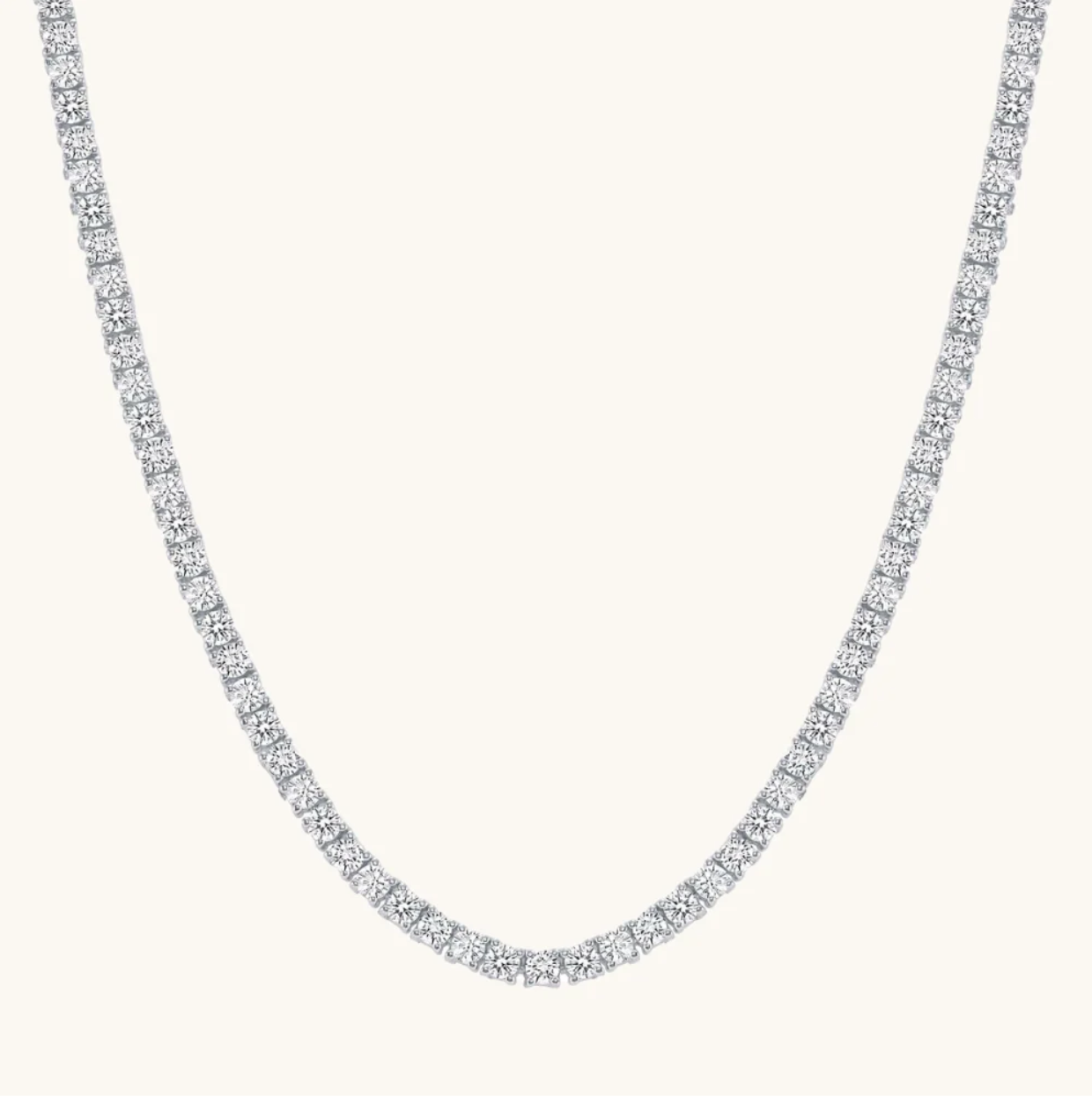Every piece of jewelry holds immense sentimental and material value. With daily wear and tear, these items are bound to age with time and require minor adjustments to extend their brilliance in the long run.
Be it a broken clasp or damaged prong, there’s a possible fix for every problem you encounter while wearing a jewelry article. Knowing when your jewelry needs repairing and understanding how that works can assist you in assessing the damage and getting it restored instantly.
That said, here are the 5 most common jewelry repairs and how they can be spotted and repaired to increase the treasured article’s lifespan.
What Are the 5 Most Common Jewelry Repairs?
1. Ring Resizing
Ring resizing is, by far, the most common repair sought by frequent jewelry wearers. This technique refers to modifying the size of the ring to slip perfectly onto your finger. A previously well-fitting ring can require resizing with time due to changes in the weather or finger size. Alternatively, rings inherited from family members also require some amount of scaling before they can be worn.
An ideal ring easily slides on and requires some wiggling to take it off. Lubricants can help get the ring off your finger but in case this doesn’t work, there’s a high chance that your ring needs some readjustments.
How It’s Repaired
Goldsmiths start resizing by making a small cut at the bottom of the shank using a specific tool. The next step is to determine whether the ring’s size needs to go up or down. For a bigger size, the shank is spread and an appropriate quantity of metal is added in and soldered. Whereas, for a shorter size, an appropriate amount of metal is removed from the shank before the ends of the ring are soldered back together.
Soldering multiple rings together like a wedding set is also a great idea if someone likes wearing more than one ring at the same time. This technique prevents the different materials of the rings from rubbing against each other, causing them to age prematurely.
2. Prong Retipping
Whether you own a necklace, bracelet, or ring, prongs are one of the most essential components of a jewelry item. They hold the precious gemstone securely in its place. However, prongs wear, flatten, and break over time, putting the stone at risk of falling out and going missing.
A damaged prong is quite easy to spot. Its top is usually flat, unlike the others, and it causes the jewelry to constantly snag on a blanket or sweater every time you put it on. In certain cases, the prong also breaks off completely and requires immediate inspection.
How It’s Repaired
The process of bending, replacing, and rebuilding the prong to treat its condition is known as prong re-tipping. For worn-out and flattened tips, jewelers heat the damaged prong and solder a small, new piece of metal on top. The tip and seat are then shaped to resemble the others.
For cases where all or the majority of prongs are damaged, an effective and affordable technique is to replace the central part instead. This part, referred to as the ring’s head, is cut off, and a new one is soldered in its place.
3. Clasp and Chain Repair
A broken clasp and chain is another common jewelry repair. The necklace chain may break in case it is yanked and the clasp may come loose due to regular wear and tear. Additionally, chain repair includes extending or shortening the article's chain to suit your preference.
While a broken chain is obvious to spot, a clasp becomes loose and stops working before breaking. Another noticeable sign that your jewelry needs chain repair is when the small circles holding the chain to the clasp, called jump rings, stretch out before entirely coming apart.
How It’s Repaired
For broken chains, a metal that matches the material and quality of the original chain is used to replace the damaged part before soldering the ends back together. Whereas, defective clasps are simply removed and replaced with a new one. You can either opt for a different clasp style or stick with the same design.
In the case of thin and stretched jump rings, the jeweler may either tighten them or solder an entirely new jump ring. Extensions may also be added to increase the length, or the chain can be shortened to sit more securely on your hand and neck.
4. Stone Replacement
Stones require replacement in case they suffer from harsh blows or fall out due to damaged prongs. These replacements are also used to celebrate reaching a new milestone in your life by upgrading the current stone with something more precious, like diamonds.
If you observe the gemstone spinning or bouncing around its setting, then it's time to visit an expert. The loose jewel and its chipped parts can also be picked up using a probing tool and inspected to determine the condition of the stone, prongs, and other details.
How It’s Repaired
A loose stone is simply repaired by tightening the prongs and bending their tips back to their original position. In case the stone is lost, a matching piece is found and inserted into the setting.
You may also select a different ornament or get a custom cut for rare variations. After insertion, the tips of the prongs are clipped and leveled to an even height. Last, other needed repairs to the beads or mounting are made before the jewelry item looks fresh and new.
5. Polishing and Cleaning
Whether you have been using your jewelry for two months or two years, it always benefits from cleaning and polishing services. Pieces such as bracelets and rings are prone to lose their sparkle due to exposure to direct sunlight and contact with chemicals such as perfume, lotion residue, and soap sticks.
While it is recommended to get the jewelry articles routinely cleaned, this repair becomes mandatory if your jewelry starts to change its color and has a dull, faded, or worn-out appearance.
How It’s Repaired
Thorough polishing and cleaning of the jewelry is a time-consuming process. During this, the piece of jewelry is dipped in an ultrasonic cleaner to get rid of present grime and dirt. Next, a fresh coat of polish is applied to brighten the shine of the gemstone and expand its strength and life.
Conclusion
Jewelry is a significant investment and requires regular care and maintenance to hold its value for a long time. Knowing about the 5 most common repairs can help you figure out when it's time to seek an expert’s help and ensure that your precious charms and rings stay in good shape.
Still worried about what to do next with your broken jewelry? Feel free to contact us as we guide you about the potential fixes for your case and repair the pieces so that it can maintain its beauty and elegance down the road.





Share:
What Jewelry Can You Repurpose?
Can I Redesign My Wedding Ring?